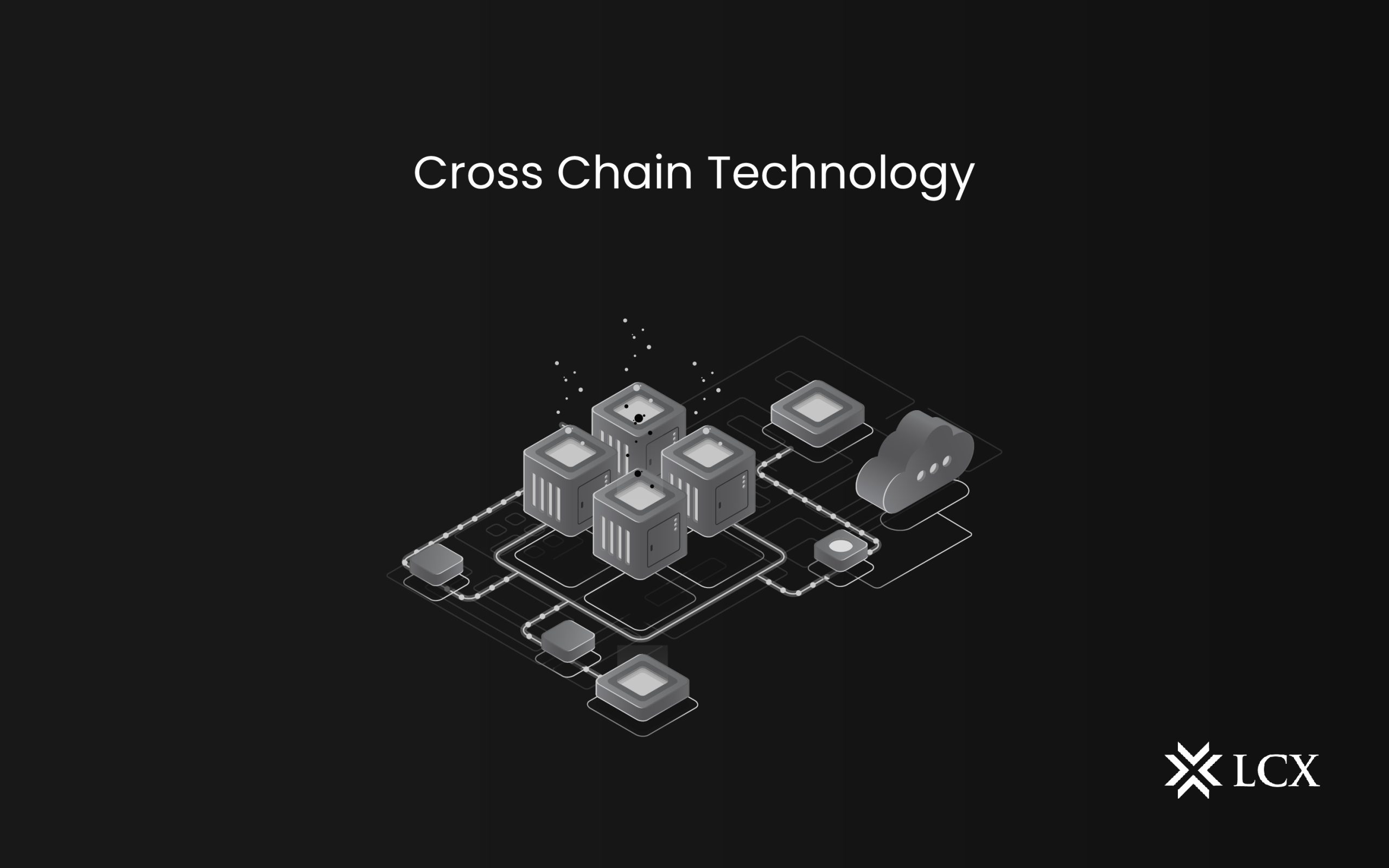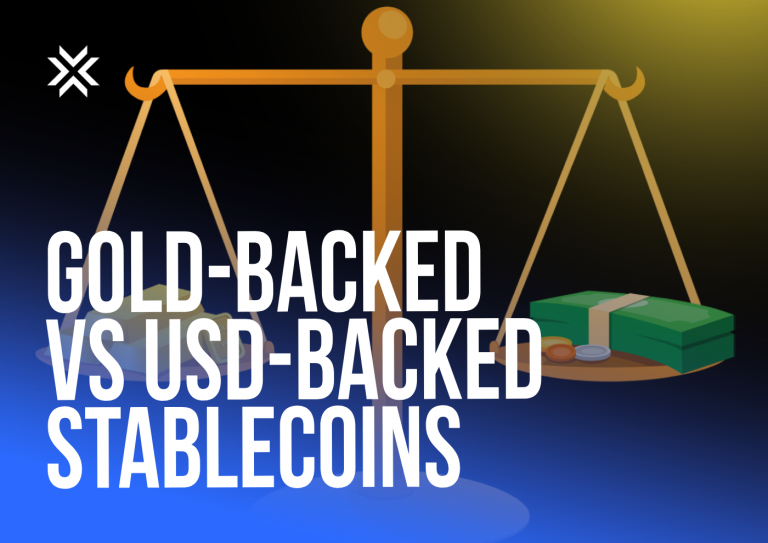Blockchain is a distributed ledger technology that records all network transactions.. Today, we have several blockchain networks available online, and interconnecting these networks has become necessary over time. New blockchain projects are emerging every now and then as people continue to extend the capabilities of this revolutionary technology.
Now, all these blockchains handle different sets of data and amounts of transactions. Also, there are blockchains designed for specific uses, such as government departments or community organizations. As all these networks work in isolation, they are not able to communicate freely with each other. Cross-chain technology has been introduced to solve this problem of interoperability and help blockchains function in a better way.
What Is Cross-Chain Technology?
Cross-chain technology is the prospective solution to enhance interoperability between blockchain networks. As per its definition, cross-chain technology allows the transmission of information and value among different blockchains. While there is an increase in the application of traditional blockchain networks such as Ethereum, Bitcoin, and Solana, they also have underlying technical scaling and economic limits. All these networks offer unique sets of functions and thus operate individually. However, this isolated system restricts users from enjoying the blockchain technology to its full extent. Cross-chain technology is supposed to target this issue and use interoperability to let the different networks interact with each other smoothly.
How Does It Work
All blockchain networks have unique features. Thus, a single approach cannot provide the desired results. Each network enables interoperability on different constraints to carry out the transactions without third-party integration.
Following are the ways of carrying out isolated transactions among various chains:
- Relays: It allows blockchain networks to check on the transactions taking place on other networks. It does not require distributed nodes and works on a chain-to-chain basis. This way, a single contract can act as a central client for multiple chains. Thus, the entire history of transactions can be verified on-demand. This approach enhances the security operation. However, it requires a lot of expenditure.
- Merged Consensus: It uses relay chains to allow two-way interoperability between chains. This approach must be built inside the chain from the ground up for its utilization.
- Atomic Swaps: Two different parties are allowed to trade their tokens using these exchange facilitators on multiple blockchains. This approach does not require any centralized third party, but the users are allowed to trade on a peer-to-peer basis directly. Also, this approach will either not initiate or finalize the process.
Its Features
- The fundamental principle of this technology is atomicity.
- It allows the distribution of networks across various platforms.
- It aids in providing a consistency between several interconnected blockchains.
Importance Of This Technology
- This technology is essential in enhancing interoperability because it does not require any intermediary to allow trading of tokens or sharing of data. This way, multiple blockchain networks can efficiently work together while maintaining security.
- It allows the users to interact freely across various networks while providing them with reduced segmentation and improved chain efficiency.
Benefits Of Cross-Chain Technology
- The most significant advantage of cross-chain technology lies in improving the scalability issues of the blockchains. This is because cross-chain technology can leverage the speed of multiple networks and thus improve the scalability of the network.
- Another obvious advantage of this technology is improved interoperability. It does not leave any room for blockchain incompatibility by allowing features such as token swaps and asset transfers.
- This technology facilitates the seamless transfer of data by streamlining the entire process and enhancing the flow of information among networks.
- It also discourages monopolization by the large entities and helps maintain market stability.
In Interoperability
Cross-chain technologies mainly emphasize the interoperability factor between networks by allowing the exchange of information and value between them. This technology comes with the advantage of decentralized chains, thus laying the foundation for the mass adoption of blockchain across all enterprises. As mentioned earlier, it does not require intermediaries or third parties, allowing blockchain networks to share quality value with each other. This means that businesses can interact with potential customers from any compatible blockchain, regardless of whether they are on the same network. All of this will result in fewer transaction fees and no more downtime.
Future
Cross-chain technology is still emerging and has a long way to go in enhancing blockchain interoperability, ultimately allowing blockchain to spread across more industries. This technology has vast potential to present more interoperability solutions in the future. This will pave the future of mass adoption of blockchain and the crypto industry.









